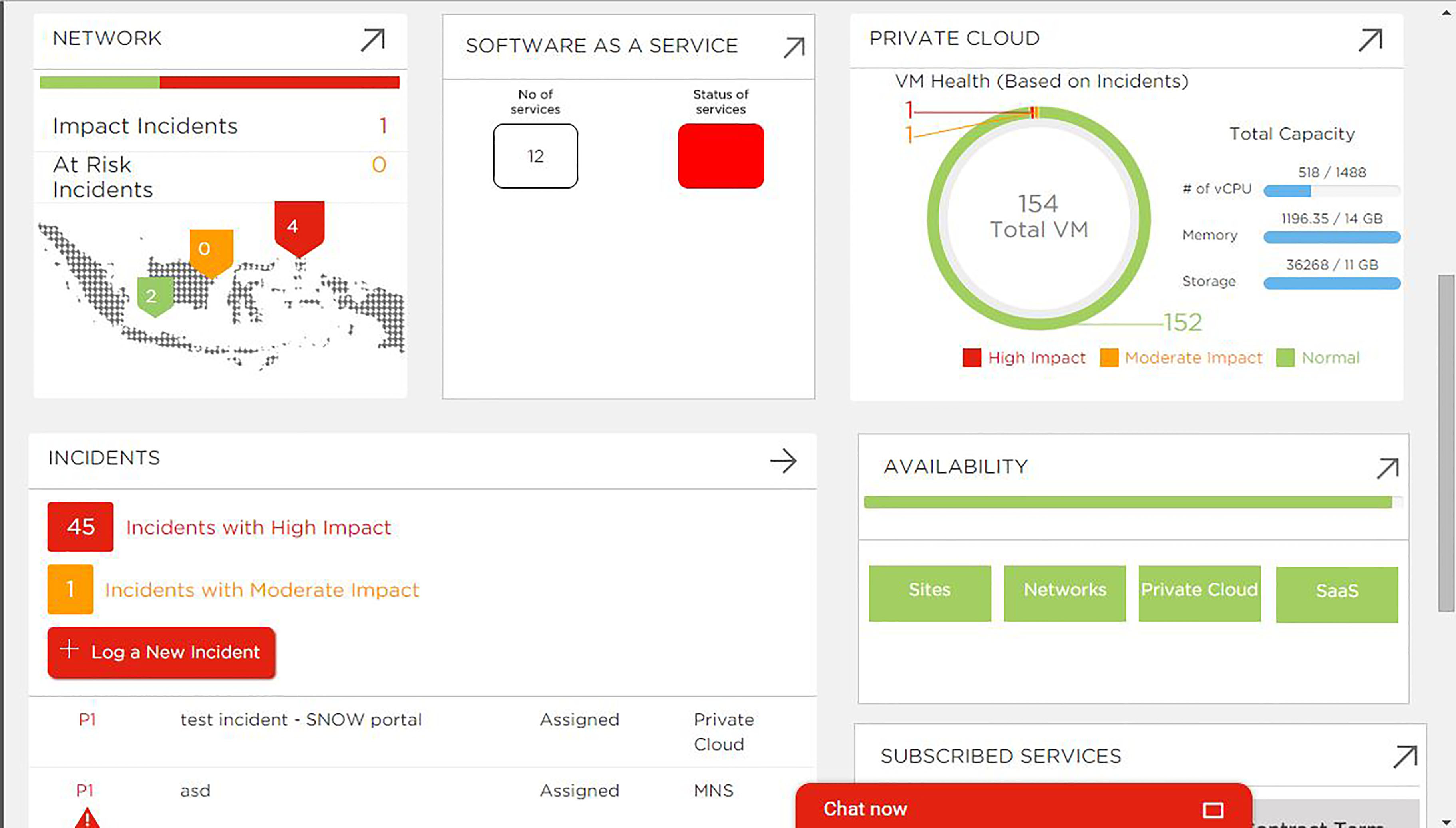There is no doubt that the trend of Cloud technology – along with mobile, social, and big data – has clearly transformed our daily lives. According to a new report published by Harvard Business Review, The Digital Transformation of Business, cloud technology drives transformation in business and delivers the biggest business impact. For instance, Software as a Service (SaaS) offering model has changed how organisations see investment in software (as well as supporting hardware and maintenance services). From a business perspective, cloud technology enables organisations to improve productivity and business agility with cost efficiency.
Digital business is based on communication and connectivity and it brings changes in consumer behaviour. People are now much more focused on exchanging information quickly and this behaviour has an impact on existing business competitiveness, with entrepreneurs competing to provide the best and the fastest services for consumers. The faster the information is obtained, the faster the service is delivered to consumers and the better the customer’s satisfaction.
Managed Network Services provides numerous benefits in terms of practicality and business advantages. The biggest advantage of end-to-end Managed Network Services is the ability to optimise and transform business needs through ICT management solutions. MNS direct digital and IT optimally achieve desired targets, with capabilities such as resilience, guaranteed protection for network infrastructure and scalability as needed. MNS also leads to cost efficiency because it allows simplification of business operations to focus on products, improving productivity performance as well as production, including income and output quality.
Based on Gartner’s “Planning, Sourcing and Managing Communications Services Primer for 2016”, all facilities in a digital era are improving consumer’s satisfaction, because it is effective and efficient. Therefore, employers should be innovating technology that the company needs, for example by applying IOT ecosystem, micro-service architectures, or hyper-converged integrated systems. Enterprises should focus on the needs of existing businesses and new businesses in integrating their systems, in order to get proper and unified communications.
A qualified managed network service provider has a full-range of end-to-end solutions to manage your IT infrastructure. Hence, you have every aspect of IT that is well managed through a single provider, providing you with both simplicity and peace of mind. Providers should cover total IT infrastructure operations and management, from a customer’s premises to cloud and WAN. End-to-end managed solutions consist of network infrastructures, managed network services, managed security services, unified communications and managed cloud services as well as professional services.
While managed network solutions could consist of a complex number of specific services, which are connected each other, monitoring these services could be another problem for organisations, even when operations are being handled by one service provider. In this case, having a single vendor with a single SLA and a single dashboard is becoming a necessity.
Telkomtelstra provides its customers with the ‘Infinity Portal’ that enables the customer to monitor every aspect of the service and infrastructure, which can also be done through mobile devices, anytime and anywhere.
End-to-end managed solutions are not limited to multinational companies or globally operated organisations. Our team at Telkomtelstra believe that different industries have a different set of IT needs to support their business operations. Moreover, even in the same industry (and the same market), every organisation needs a unique solution. There is no one-size-fits-all solution for every organisation, however, solutions can be tailored to fulfil your organisation’s needs, ensuring the effectiveness of your investment in managed services.
Aside from tailored solutions, providers should also offer options regarding service levels to suit the organisations’ needs and budgets. As an example, 98% guaranteed uptime should be sufficient to meet the general needs of most organisations. However, for organisations with mission critical services, they would need a higher service level to serve their customers. These options would give organisations a flexible choice for their budget. The more flexible service level options the better.
Some organisations prefer to do network management work in-house for financial reasons. In doing this, they only see the tip of the iceberg from the total cost of ownership. Organisations usually forget to consider the invisible expenses such as operational and maintenance costs, human resources development, tax assets and contingency costs to anticipate force majeure. These additional expenses are often at times much larger than expected, which could lead to further financial issues.
Managed Network Service-models offer the flexibility and high efficiency for financial management. A Managed Network Service can transform an organisation’s capital expenditures (CAPEX) to operating expense (OPEX), which could support your organisation’s agility and ability to enable rapid growth or accommodate necessary changes in technology. The OPEX model also enables organisations to eliminate major initial investments as well as minimise expenses to maintain infrastructure. This transformative financial operating model will bring better bottom line performance to your organisation’s financial operations.


